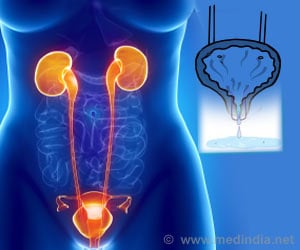Transformation in healthcare and improvement in overall well-being may be achieved by utilizing a wider range of resources which help to connect patients within their community. These resources are patient-specific to achieve maximum results.

‘Community can impact the overall health and recovery of a patient. The patient-specific resources can ease the discomfort that comes along the path of recovery.’
Read More..




"We believe more time needs to be spent, not just by physicians who are time-crunched as it is, but to really develop a team approach to identify what the issues are for individual patients and to connect them to a series of resources outside of maybe the hospital and inside their lived world in order to give them the resources they need to improve," said Andrew Gallan, Ph.D., lead author of the article and an assistant professor in FAU’s marketing department.Read More..
Gallan and his co-authors write that a patient-centered model of care, accepted as a policy imperative in the United States, the U.K., and western Europe, could be expanded further, beyond the patient and families, healthcare providers, the community, peers and technology providers. Healthcare executives should consider employing and involving non-healthcare stakeholders and support services within communities, they argue, to help expand patient ecosystems to draw on more resources to improve condition management.
Gallan employs qualitative and quantitative methods to conduct his research, analyzing big databases of patient surveys and patients comments, shadowing patients and providers and conducting observations to get to the "truth of the patient perspective."
Training healthcare professionals to work as interdisciplinary teams to understand, assess, and make use of patient ecosystems could improve patients’ lived experiences in hospitals, at home, and at work, he said.
The researchers offer clinicians and other healthcare practitioners a set of practical guidelines centered on a structured framework of strategies and mechanisms used to make connections within existing ecosystems of individual patients and expand those ecosystems to provide more patient-relevant care within the community-enabled setting.
Advertisement
Their framework requires health staff sensitivity training to assess a patient’s experience and complete knowledge of community resources. Patients, caregivers, and clinicians, need to be engaged, while the role of others, such as community health workers, may need to evolve. These workers must be equipped with sufficient knowledge to deal with a variety of people, symptoms, and resources.
Advertisement
"So, how do we make that connection?" Gallan said. "This paper is an attempt to help them understand that some investments are needed. We provide some examples and some models to organizations to say if this is the direction you want to go, it’s not like you have to reinvent the wheel. There are organizations that are doing this successfully, and there are some good models for you."
Source-Eurekalert







